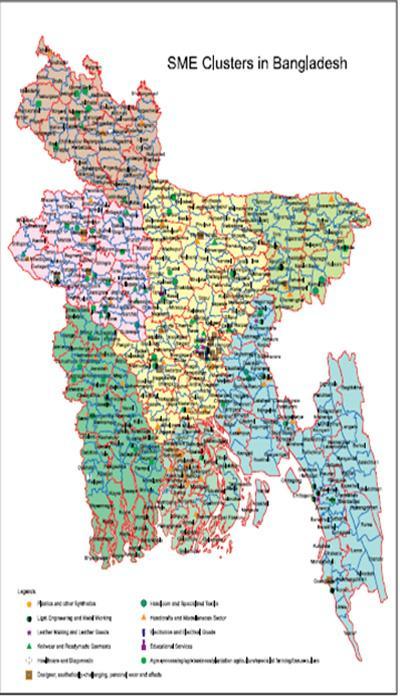Light Engineering Sectors in Bangladesh
Light Engineering Sectors in Bangladesh Like many other developing countries, Light Engineering sectors(LEIs) is an important manufacturing sector of Bangladesh that occupy strong and vital position in the economy of the country. It prudently acts as feeder or support…
Read More




 by
by